Temple B’nai Yaakov/B’nai Sholem
Introduction
Text-to-speech Audio
The congregation at B’nai Yaakov was comprised largely of people with Eastern European, especially Russian, backgrounds. These immigrants and their families brought a more conservative approach to Judaism with them when they came to St. Joseph. This was in contrast to the more liberal, reformed congregation at Temple Adath Joseph where most of the congregants were of German background.
Images
1202 Lafayette St., former site of the B'Nai Yaakov congregation, now demolished
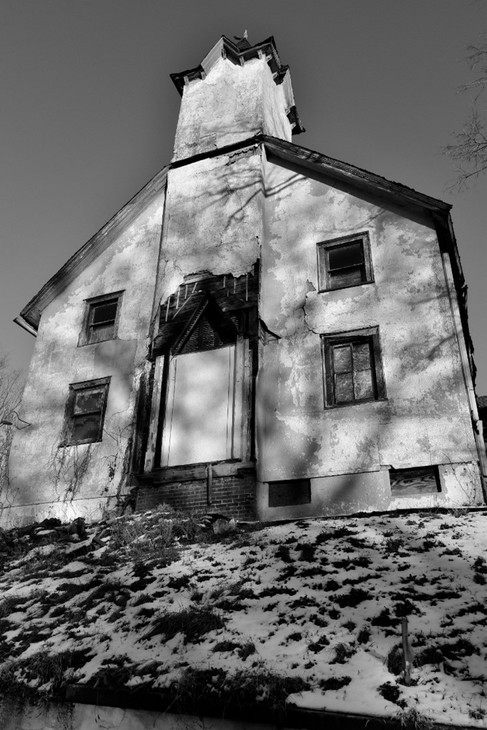
1202 Lafayette St., former site of the B'Nai Yaakov congregation, now demolished
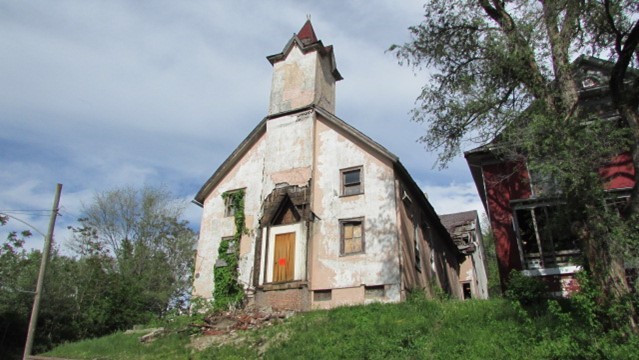
Former B'Nai Yaakov synagogue, now the Ruby Theater
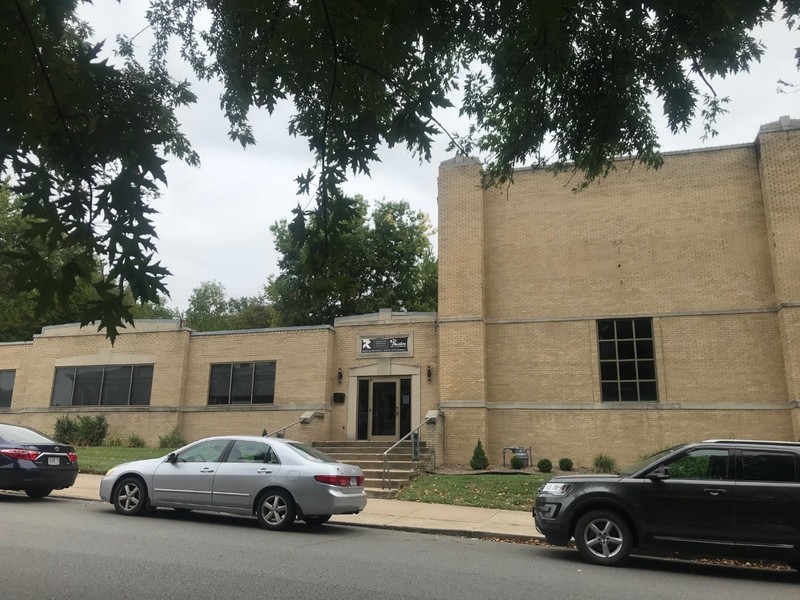
Former B'Nai Yaakov synagogue, now the Ruby Theater
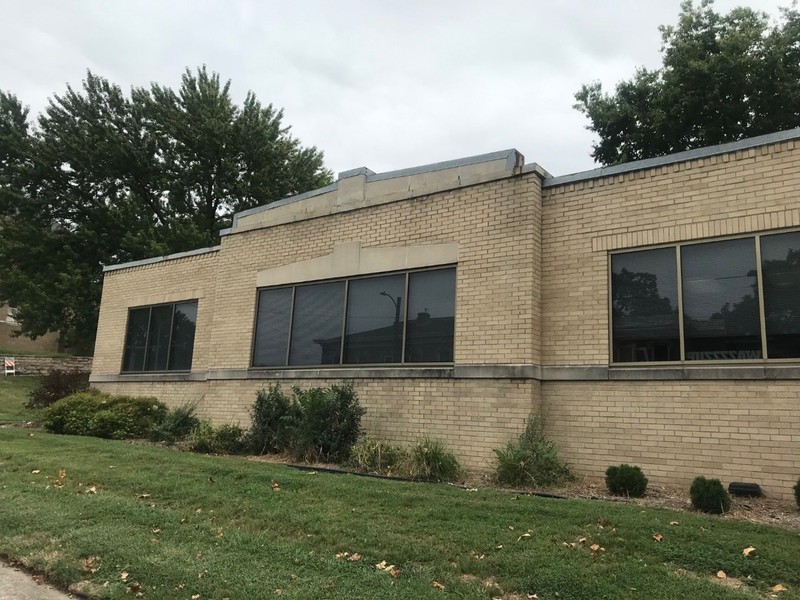
Cantor Jack Spector
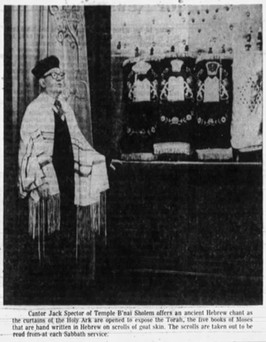
Backstory and Context
Text-to-speech Audio
In 1894, the B’nai Yaakov congregation is first referred to by that name. At that time it was meeting at 209 Felix Street. In 1910, the congregation moved into the former Salem Lutheran Church at 1202 Lafayette Street[1] where it remained until 1924 when the new synagogue at 615 S. 10th St. opened. B’Nai Yaakov was in the heart of a largely Jewish neighborhood. The St. Joseph Gazette described the new synagogue: “The exterior structure is of buff brick of Grecian style architecture. The interior will be finished in plain designs with appropriate furnishings to correspond. The auditorium is 45 feet wide and 85 feet long and will have an overhanging gallery where there will be a rest room for women and a smoking room for men. There will be a banquet room in the basement where social functions may be held.” In 1924, B’nai Yaakov’s congregation numbered more than 120 and was growing rapidly.
Following World War Two, the Jewish population of St. Joseph declined sharply and it became clear that there was not a need for two conservative synagogues. In 1960 the two conservative congregations, B’nai Yaakov and Shaare Sholem, merged and met at Temple B’nai Yaakov on 10th St. which was then renamed Temple B’nai Sholem.[2]
By the mid-2010s it was clear that there were not enough active members to sustain both B’Nai Sholem and the reformed congregation at Adath Joseph. The difficult decision was made to merge. Since the merger, services have been held at Adath Joseph while B’Nai Sholem was closed and eventually sold.
Today it is no longer home to its congregation but is an example of successful adaptive reuse. In 2018, the structure was purchased by Robidoux Resident Theatre and has been repurposed as The Ruby Theatre. It now houses RRT’s educational facilities and is home to an intimate dinner theater venue.
[1] Demolished in 2021.
[2] In 2018, the congregation sold the building to Robdioux Resident theater who have since opened the Ruby Theatre in the building.
Cite This Entry
Schutte, Kim. "Temple B’nai Yaakov/B’nai Sholem." Clio: Your Guide to History. November 16, 2022. Accessed April 1, 2025. https://theclio.com/entry/159143
Sources
“New Synagogue to be Ready, Aug. 1,” St. Joseph Gazette, July 20, 1924, pg. 11
“Merger Closes Old Synagogue,” St. Joseph Gazette, Aug. 31, 1950, pg. 1
“2 Jewish Congregation in Move to Consolidate,” St. Joseph Gazette, June 7, 1960, pg. 3
St. Joseph News Press, Feb. 10, 1974

